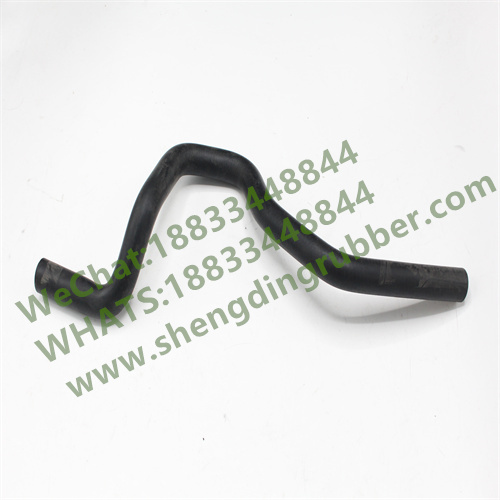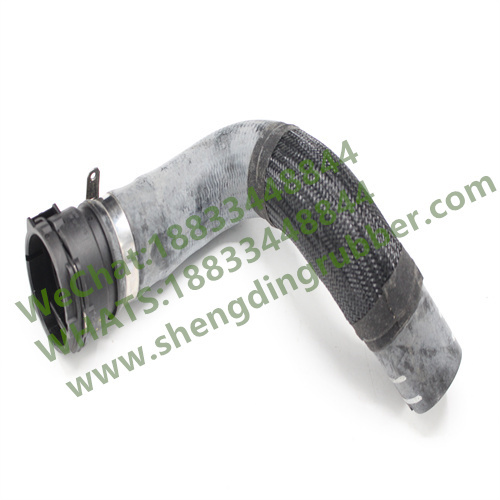Application of rubber tubes in the automotive industry
Release Time:
Oct 31,2023
Rubber pipes for automobiles have grown at a rate of about 25% in recent years. There are more than 20 domestic automobile rubber pipe factories of a certain scale, with a total consumption capacity of 200 million standard meters.
Rubber pipes for automobiles have grown at a rate of about 25% in recent years. There are more than 20 domestic automobile rubber pipe factories of a certain scale, with a total consumption capacity of 200 million standard meters. Braided hoses and wound hoses are the main ones, and the proportion of resin composite hoses including brake hoses and cooling water pipes is increasing; short fiber hoses have attracted attention due to their simple process and good performance. From the perspective of rubber materials, it has developed from a single type of rubber in the past to using different types of rubber for the inner, middle and outer layers to adapt to different working environment conditions. It is generally composed of 2-3 different types of rubber. In recent years, the development of domestic automotive rubber pipes has begun to take shape. Many companies have introduced foreign technology and equipment, and product quality has made great progress. However, there is still a big gap compared with foreign countries, and mid- to low-end products can meet market requirements. High-quality products such as fuel pipes, thin braided hoses, heat-resistant pipes, etc. still rely on foreign products. The matching rate of this type of products for domestically produced cars is only 40%, and the matching rate for high-quality cars is only 5-10%. In addition to nitrile rubber, rubber materials also use nitrile rubber/polyvinyl chloride blend rubber. In addition, hydrogenated nitrile rubber, chloroether rubber, chlorosulfonated polyethylene and ethylene propylene diene rubber are also used.
What are the characteristics of rubber tubes?
1. It has the advantages of good processing performance and easy molding. It can produce various products through extrusion hot air vulcanization molding, die addition molding, extension molding and other methods.
2. Resistance to high and low temperatures: It can be used for a long time at 200℃ and is still elastic at -60℃.
3. Electrical insulation properties: The dielectric properties of silicone rubber are excellent, especially the dielectric properties at high temperatures greatly exceed those of ordinary organic rubber. The dielectric strength is almost unaffected by temperature in the range of 20-200°C.
4. Excellent high temperature compression and permanent deformation.
5. Excellent weather resistance, ozone resistance and ultraviolet radiation resistance, no cracks will occur when used outdoors for a long time. It is generally believed that silicone rubber can be used outdoors for more than 20 years.
Key words:
What Else Might You Learn?







